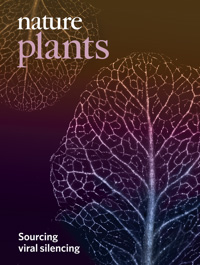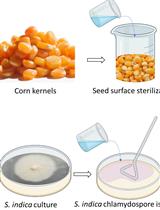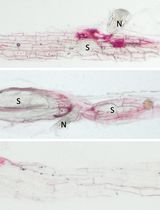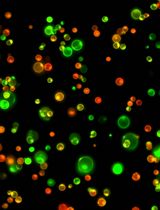- EN - English
- CN - 中文
Peptide Feeding and Mechanical Wounding for Tomato Seedlings
番茄幼苗的肽饲喂和机械伤害
发布: 2019年03月20日第9卷第6期 DOI: 10.21769/BioProtoc.3194 浏览次数: 6137
评审: Amey RedkarHailong GuoMarta Bjornson
Abstract
Plants need to respond appropriately to wounding and herbivorous insects. Peptide signals have been implicated in local and systemic induction of appropriate plant defense responses. To study these peptide signals and their perception in host plants, it is important to have reproducible bioassays. Several assays, such as treatment of peptide solution via pressure infiltration, have been developed. Here, we provide detailed protocols for peptide feeding and mechanical wounding for tomato seedlings. To directly introduce peptides into tomato seedlings, peptide solution is fed through the excised stem via the transpiration stream. To mimic the wounding caused by insect feeding, leaflets of tomato seedlings are mechanically damaged with a hemostat; and wounded and systemic unwounded leaves are harvested and analyzed separately. Samples from both assays may be further assessed by examining the transcript level of marker genes by quantitative real-time PCR (qRT-PCR).
Keywords: TomatoBackground
Peptide signaling plays crucial roles in regulating plant growth, development and interaction with the surrounding environment (Tavormina et al., 2015). Perception of the peptide systemin, for example, is critical for resistance against chewing insect larvae (Pearce et al., 1993; Wang et al., 2018). Attack by such larvae and related wounding lead to various immune responses, one of which is the induction of defense-related marker genes. In tomato, the genes encoding proteinase inhibitor 1 (PIN1) and proteinase inhibitor 2 (PIN2) were shown to be highly activated after insect feeding or wounding, and have been extensively used as hallmarks for defense triggered by insects or wounding (Pearce et al., 1991; Ryan and Pearce, 2003). Here we provide a protocol focusing on details of peptide feeding and wounding assays, which can be followed by quantification of PIN1 transcript via qRT-PCR. The protocol has been optimized to minimize variations inherent in these assays and was previously used to assess the function of systemin perception (Wang et al., 2018).
Materials and Reagents
- 12 mm x 75 mm glass test tubes (VWR, catalog number: 212-0013) (plastic tubes also work)
- Latex gloves or nitrile gloves
- 5 ml pipette tips (Kinesis, catalog number: U696256)
- Aluminum foil
- Single edged steel razor blades (Carl Roth, catalog number: CK07.1)
- 9.5 cm round plant pots with a volume of 0.32 L (Gartnereinkauf, catalog number: 410103) (pots with similar size or larger also work)
- 6.5 cm round plant pots with a volume of 0.1 L (Gartnereinkauf, catalog number: 410066)
- Plant seedling propagation trays with clear lids (60 cm x 40 cm x 6 cm) (meyer-shop, catalog number: 749114) (other similar trays also work)
- 5 ml pipette (Kinesis, catalog number: 2400631)
- Tomato seeds
- Potting soil (Pikiererde and Topferde ordered from Einheitserde, Germany; mix 1:1) (other potting soil with medium to high nutrient and fine texture also works)
- Systemin peptide (peptide sequence: AVQS KPPC KRDP PKMQ TD) (GenScript, catalog number: 88910480001)
- Sterile water
- 70% ethanol
- Liquid nitrogen
Equipment
- 5.5-inch hemostat with serrated jaws (Merck, catalog number: Z168858-1EA)
- Long tweezers (Carl Roth, catalog number: PT95.1)
- Scissors
- Plastic racks for test tubes
- -80 °C freezer
- -20 °C freezer
Procedure
文章信息
版权信息
© 2019 The Authors; exclusive licensee Bio-protocol LLC.
如何引用
Wang, L., Wang, Y. and Felix, G. (2019). Peptide Feeding and Mechanical Wounding for Tomato Seedlings. Bio-protocol 9(6): e3194. DOI: 10.21769/BioProtoc.3194.
分类
植物科学 > 植物生理学 > 生物胁迫
植物科学 > 植物免疫 > 植物-昆虫互作
生物化学 > 其它化合物 > 肽
您对这篇实验方法有问题吗?
在此处发布您的问题,我们将邀请本文作者来回答。同时,我们会将您的问题发布到Bio-protocol Exchange,以便寻求社区成员的帮助。
Share
Bluesky
X
Copy link













